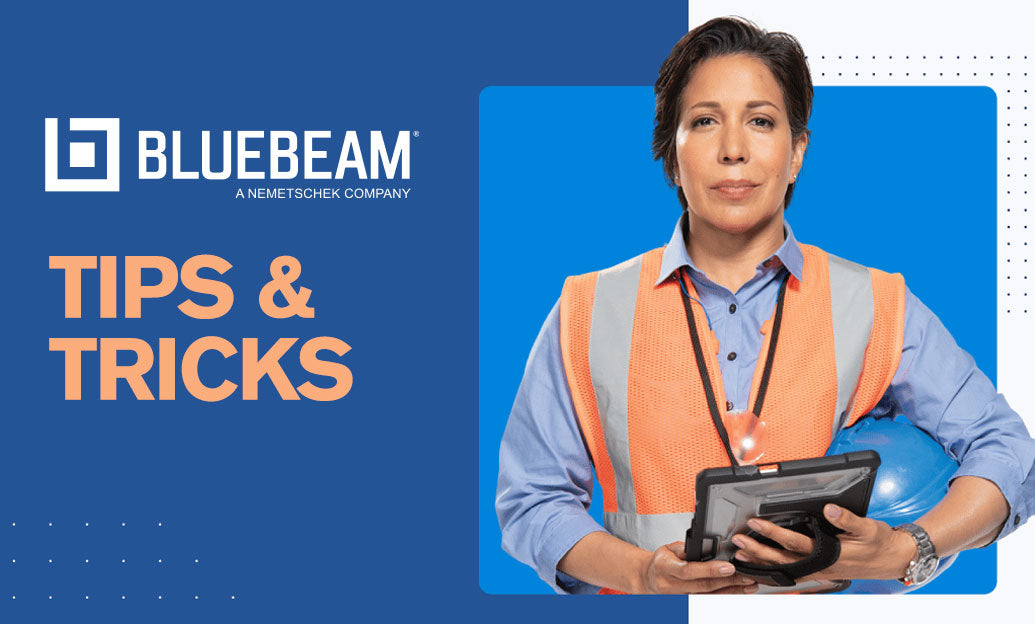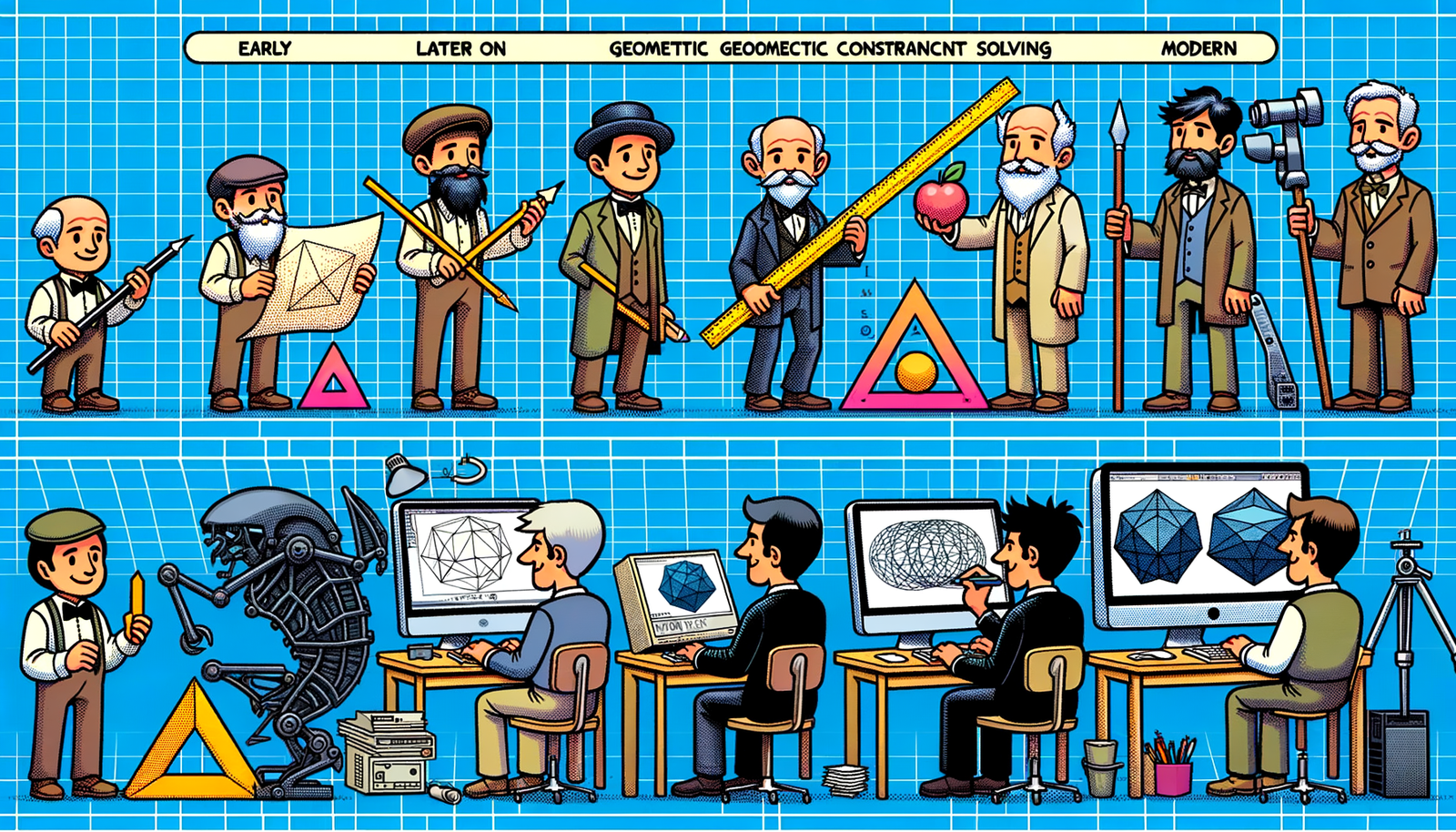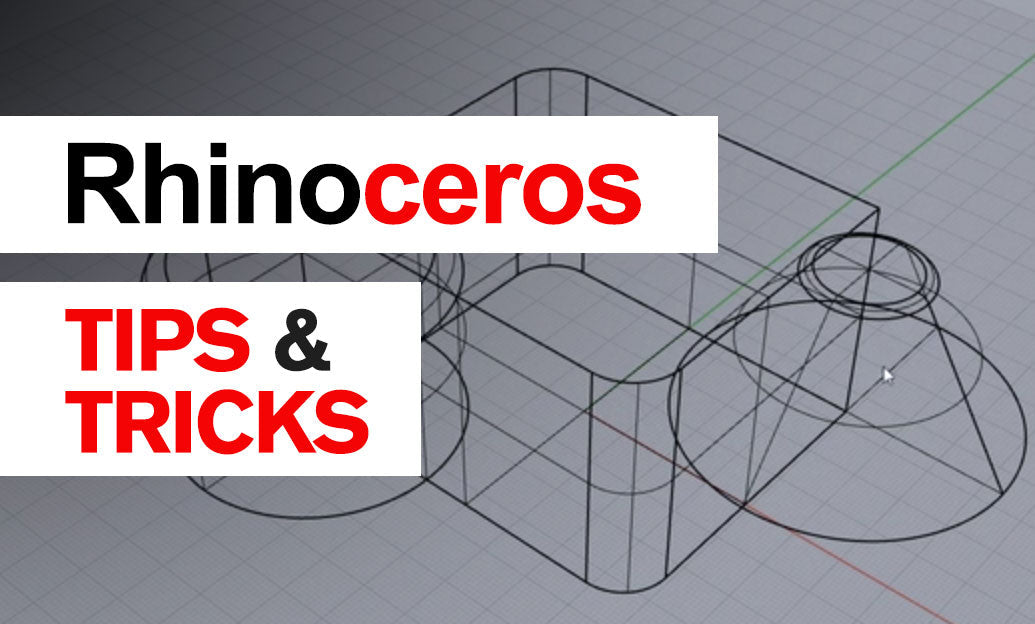Your Cart is Empty
Customer Testimonials
-
"Great customer service. The folks at Novedge were super helpful in navigating a somewhat complicated order including software upgrades and serial numbers in various stages of inactivity. They were friendly and helpful throughout the process.."
Ruben Ruckmark
"Quick & very helpful. We have been using Novedge for years and are very happy with their quick service when we need to make a purchase and excellent support resolving any issues."
Will Woodson
"Scott is the best. He reminds me about subscriptions dates, guides me in the correct direction for updates. He always responds promptly to me. He is literally the reason I continue to work with Novedge and will do so in the future."
Edward Mchugh
"Calvin Lok is “the man”. After my purchase of Sketchup 2021, he called me and provided step-by-step instructions to ease me through difficulties I was having with the setup of my new software."
Mike Borzage
ZBrush Tip: Maximizing Sculpting Efficiency with Layered Techniques in ZBrush
March 15, 2024 2 min read

The Power of Layered Sculpting in ZBrush allows artists to approach their sculpts in a methodical and non-destructive manner. By using layers, you can experiment with different design iterations, adjust the intensity of your sculpting, and refine your model with ease. Here are some essential tips for leveraging layered sculpting in your workflow:
- Understanding Layers: Layers in ZBrush work similarly to layers in 2D software like Photoshop. They record sculpting, painting, and deformation actions, enabling you to toggle visibility or adjust the intensity of those actions.
- Creating a New Layer: Before you start sculpting, go to the 'Layer' palette and create a new layer. This will ensure that all subsequent actions are recorded on this layer.
- Layer Intensity: You can control the impact of a layer's changes to the sculpt by adjusting the intensity slider. This allows for subtle tweaks without the need to re-sculpt.
- Layer Blending: Blend multiple layers to combine different sculpting passes or design variations. This can be particularly useful when trying out different facial expressions or muscle contractions.
- Morph Target Integration: Combine layer use with morph targets. Set a morph target before creating a new layer, and you’ll be able to use the 'Morph Brush' to paint back to the original state.
- Organizing Layers: Keep your layers well-organized by naming them according to the type of edits they contain (e.g., "Lips Detail," "Eye Wrinkles"). This makes it easier to manage complex projects with many layers.
- Layer Duplication: You can duplicate a layer if you want to test out different intensities or variations of a sculpt without affecting the original layer.
- Layer Merging: If you're happy with your layered edits and want to consolidate them, you can merge layers down. However, be cautious as this is a destructive action and cannot be undone once saved.
- Using Layers for Animation: Layers can also be keyframed for animation within ZBrush. Create different sculpting layers for facial expressions and interpolate between them for a smooth transition.
- Exporting Layered Information: When exporting models for use in other software, you can export the displacement maps associated with each layer, giving you control over sculpted details in other 3D applications.
Layered sculpting in ZBrush can significantly enhance your sculpting workflow, providing flexibility and control over your creative process. For more advanced training and resources, consider visiting NOVEDGE, which offers extensive tools and plugins to augment your ZBrush experience.
You can find all the ZBrush products on the NOVEDGE web site at this page.
Also in Design News

Bluebeam Tip: Maximize PDF Security and Efficiency with Bluebeam Revu's Flatten Tool
December 02, 2024 1 min read
Read More
Design Software History: Evolution and Impact of Geometric Constraint Solving in CAD History
December 02, 2024 2 min read
Read More
Rhino 3D Tip: Enhancing Scale Modeling Accuracy in Rhino 3D: Essential Tips for Designers and Engineers
December 02, 2024 2 min read
Read MoreSubscribe
Sign up to get the latest on sales, new releases and more …


